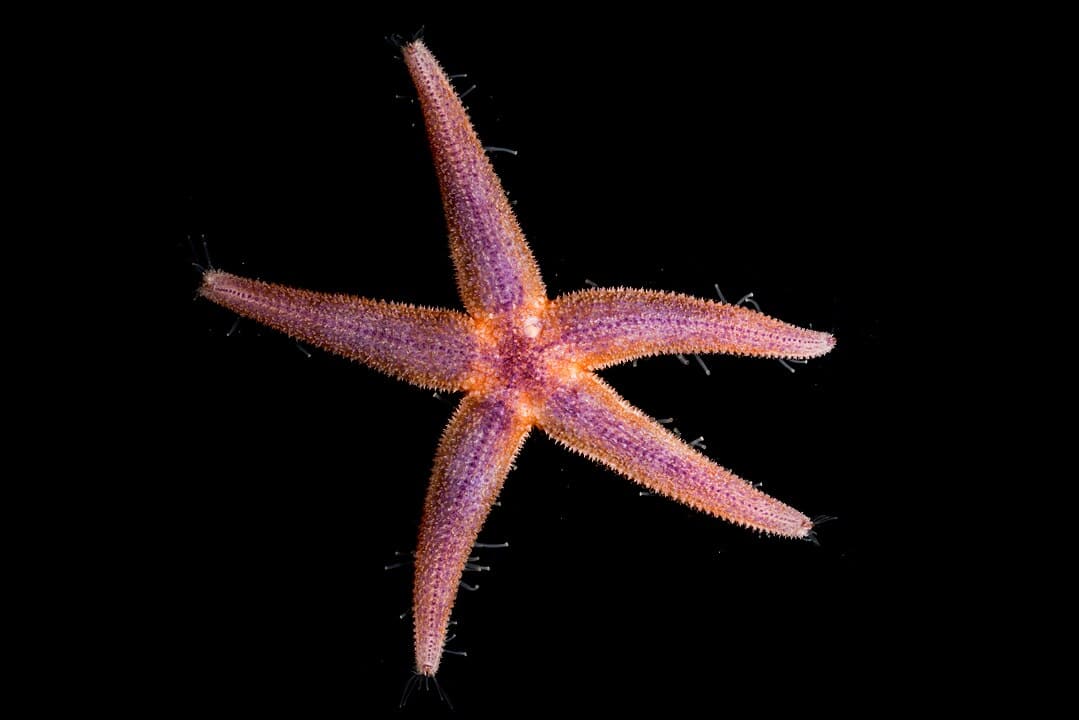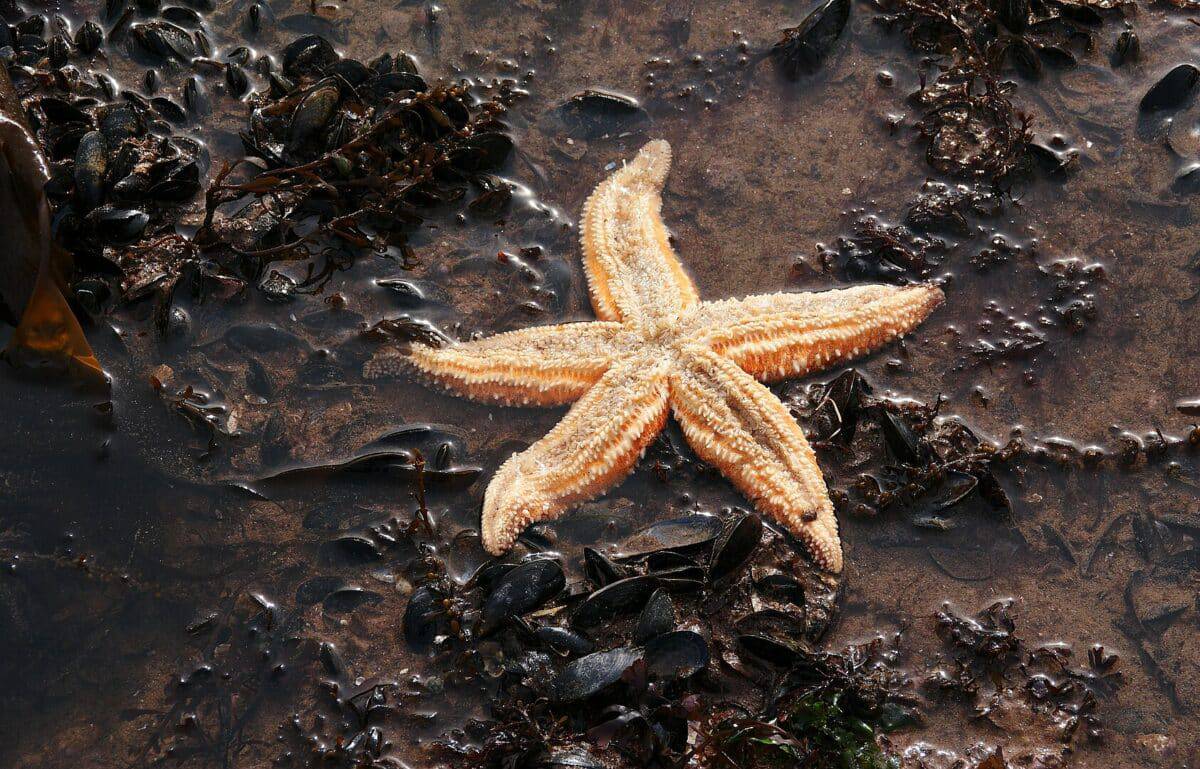The starfish, often referred to as the sea star, commands attention in the vibrant underwater world with its unique shape and vibrant colors. This intriguing sea creature, known for its leisurely lifestyle, has a fascinating biology and role in marine ecosystems. Despite its name, the starfish isn’t a fish. It belongs to a group called echinoderms, which also includes sea urchins and sand dollars.
Anatomy and Physiology Unraveling the Starfish’s Structure

Starfish display remarkable diversity, with over 2,000 species populating the world’s oceans. Typically star-shaped, they usually have five arms, though some species boast many more. These arms are not just for aesthetics; they house vital organs and can regenerate if damaged, a process that can take several months or even years. At the core of their slow-paced life is their water vascular system, a network of hydraulic canals that enable movement, feeding, and respiration. This system powers their tube feet, allowing them to cling to surfaces, open shellfish, or gently amble across the seafloor at a pace indicative of their leisurely nature.
The Timeless Art of Movement

Starfish are typically depicted in slow motion, and rightly so. Their movement is graceful and deliberate, powered by the coordination of hundreds or even thousands of tiny tube feet located on their undersides. These tube feet function through hydraulic pressure, a quintessential example of nature’s ingenuity. Starfish ‘walk’ by extending and retracting these tube feet in a slow, deliberate concert, a spectacle of precision that serves them well in the calm yet perilous world of the ocean floor.
The Starfish Diet A Lesson in Patience

Contrary to the swift feeding mechanisms of other marine creatures like sharks or dolphins, starfish follow a much more methodical approach to dining. They are primarily carnivorous and have a penchant for bivalves like clams and oysters. A starfish feeds by prying open the shell of its prey with its arms and ever so slowly extending its stomach out of its body to digest the prey externally. This process can take several hours, underscoring the patience woven into the starfish’s existence.
Role in the Ecosystem A Silent Custodian

Starfish are keystone species in many aquatic environments, playing an essential role in maintaining the ecological balance. By preying on mussels and other invertebrates, they prevent any one species from monopolizing the ecosystem. Their slow-paced hunting habits encourage biodiversity, allowing various marine organisms to thrive. Moreover, starfish are prey for numerous animals, including fish, sea otters, and seagulls, thus maintaining the food web dynamics.
Adaptations and Survival Mechanisms

The slow nature of starfish does not mean they are easily threatened. These creatures are equipped with several fascinating adaptations that enhance their survival. Their ability to regenerate lost arms is a formidable defense mechanism against predators. Furthermore, some species can clone themselves, a remarkable trait allowing them to recover population numbers efficiently without sexual reproduction, particularly useful after a predatory attack.
Threats and Conservation

Despite their resilience, starfish face numerous threats, most notably from climate change, pollution, and disease. Ocean acidification and rising water temperatures affect their physiological processes and habitats. ‘Sea Star Wasting Syndrome,’ a disease-causing mass die-offs, poses a significant threat to global starfish populations. Conservation efforts emphasize the need for healthy reef systems and reduced pollution, critical to safeguarding these remarkable creatures that operate on their languid schedule.
Conclusion: Appreciating the Starfish’s Tempo

The starfish embodies a life of elegance and patience, a sea creature that truly embraces taking its time. Its role in maintaining marine biodiversity, intricacies in its physiology, and unique adaptations serve as a testament to the marvels of evolution. While the starfish may not move at a pace noticeable to the naked eye, its slow rhythm is a crucial beat in the harmony of marine life, deserving of admiration and understanding.
- 10 Most Colorful Animals in Nature - August 16, 2025
- 15 Strange Animal Behaviors Scientists Can not Explain - August 16, 2025
- 11 Animal Mothers That Go to Extreme Lengths to Protect Their Young - August 16, 2025

